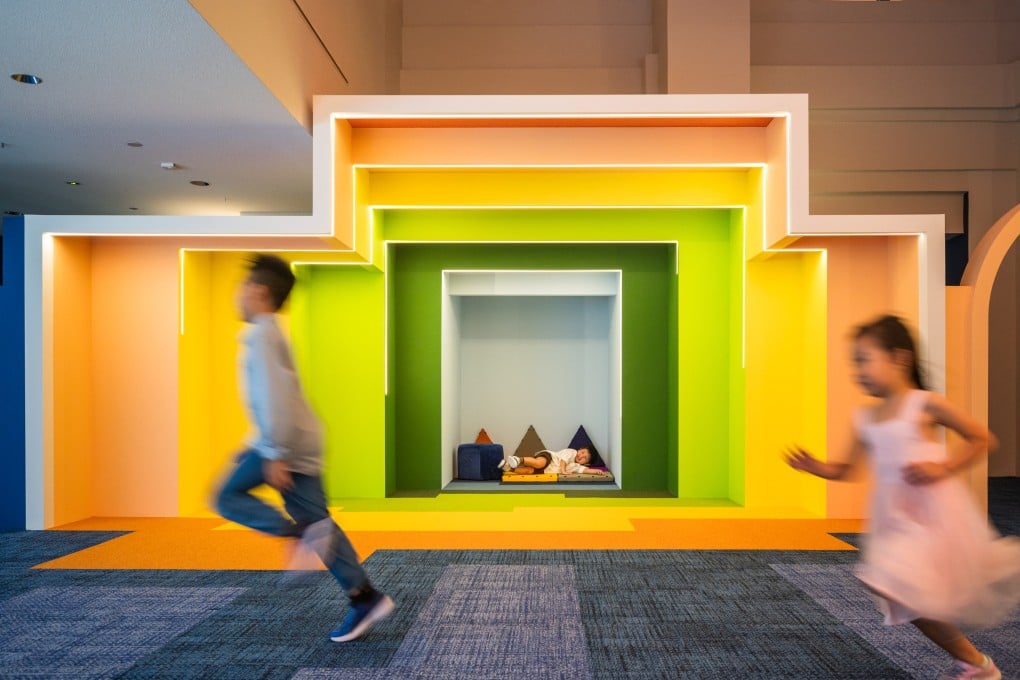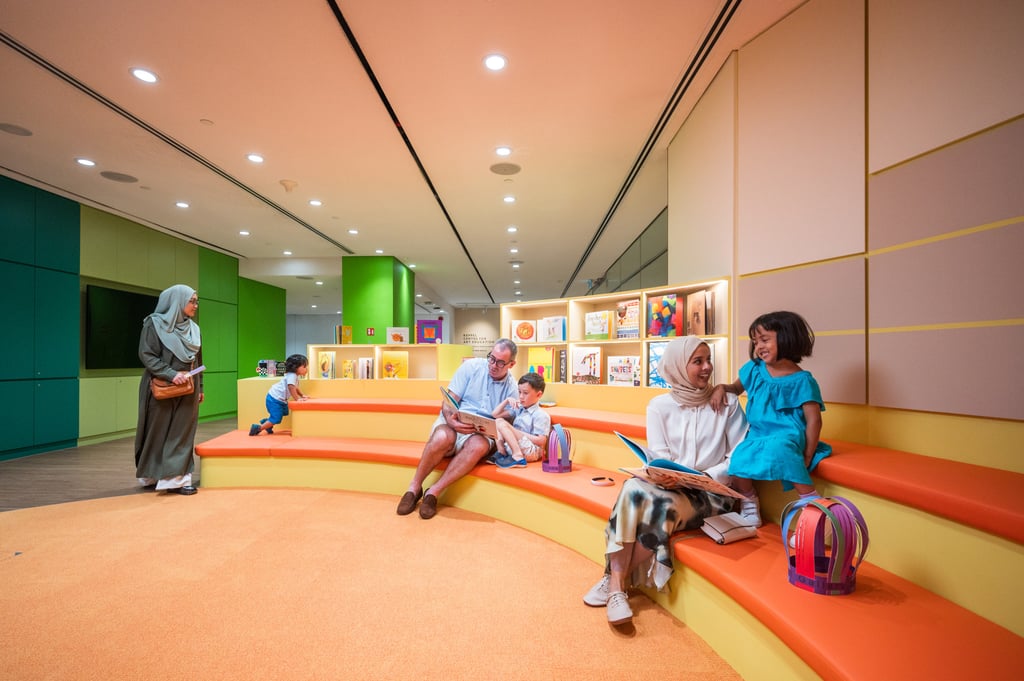Designing for inclusivity: how can we make public spaces more welcoming for neurodivergent visitors?
- People with autism, dyslexia and ADHD interact with the world differently, and major institutions from Singapore’s National Gallery to Montreal Symphony Orchestra are designing physical spaces to maximise inclusivity

How do you design a space that feels comfortable for as many people as possible? That was the question Yann Follain asked himself when his design studio, WY-TO Singapore, was invited last year to revamp the Keppel Centre for Art Education, in Singapore’s National Gallery.
“They have been doing great work laying the foundation of art education [since opening in 2015],” says Follain. “But it was not addressing the needs for all. It had to be more inclusive.”
More specifically, it wasn’t tailored to neurodiversity, which is to say the many ways individuals perceive the world around them. Researchers have estimated that up to 20 per cent of the world’s population is neurodivergent, with conditions such as autism, dyslexia and attention deficit hyperactivity disorder (ADHD) that affect how they interact with the spaces around them. For the Keppel Centre to succeed, Follain and his team realised they needed to design a space that works for people with a full spectrum of physical and mental abilities.

“You need to create space with care and empathy for one another,” he says. “There is a difference between liveability and lovability. You might create a space that is liveable but an inclusive space is lovable.”
Architects around the world are coming to the same conclusion. “You’re changing the way you think about buildings by thinking about an inclusive process and equity for all,” says Jonathan Ward, a Los Angeles-based architect and partner at NBBJ, a global architecture firm with offices in Hong Kong, mainland China, the United States, Britain and India. “When you try to make it work for a few people [with specific neurological and physical needs] it really enriches and enlivens the whole environment. We all benefit.”
There’s a lot of prejudice and misunderstanding. The challenge, especially in Hong Kong, is raising awareness regarding what neurodiversity is, what are the needs of people with neurodiversity?
There’s a lot of prejudice and misunderstanding. The challenge, especially in Hong Kong, is raising awareness regarding what neurodiversity is
Many countries have accessible design requirements that are meant to benefit people with physical disabilities. “Those things are quantifiable. They’ve been written into design regulations, like how much of an angle a slope should be,” says Follain. “For neurodivergence, we don’t have any fixed rules.”